Table of Contents
The UNESCO Sites in Oman have resulted in recognizing 5 cultural and natural landmarks as UNESCO World Heritage Sites in Oman and 7 locations on the Oman UNESCO tentative list. These tourist sites in Oman are acknowledged for their unique and valuable cultural, natural, artistic, and historical significance and are preserved for future generations to enjoy.
In addition to these 5 sites in the Oman UNESCO list, many other places to travel to Oman are being considered for UNESCO recognition. These sites, listed on the tentative list, showcase the country’s rich cultural heritage and are waiting for approval to join the prestigious and famous World Heritage Sites list.
To help visitors discover these remarkable Oman tourist attractions, we have assembled an interactive map of the UNESCO sites in Oman.
Oman UNESCO Map
Click markers to show information and photo.
Oman UNESCO Map
UNESCO World Heritage Sites in Oman
There are 5 UNESCO World Heritage Sites in Oman. All of these five sites are listed under the Cultural category.
- Aflaj Irrigation Systems of Oman
- Ancient City of Qalhat
- Archaeological Sites of Bat, Al-Khutm and Al-Ayn
- Bahla Fort
- Land of Frankincense
UNESCO World Heritage Sites in Oman are protected locations for their cultural and natural importance.
Aflaj Irrigation Systems of Oman
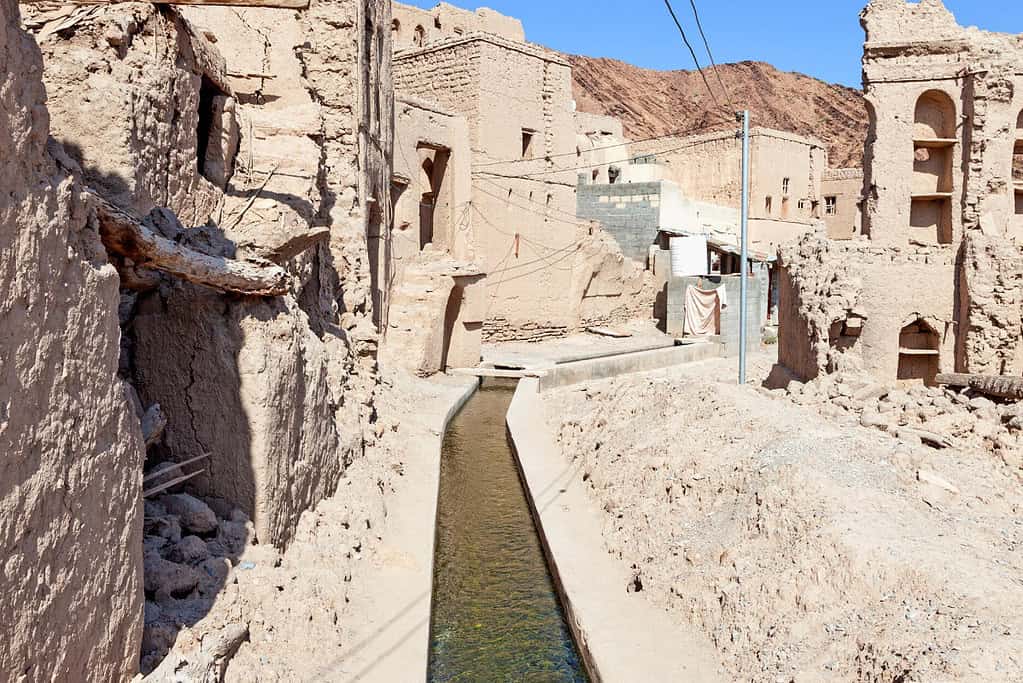
The Aflaj Irrigation Systems of Oman are ancient water distribution networks still in use today. Dating back thousands of years, these systems showcase the ingenuity and sustainability of traditional Omani water management techniques and are an important part of the country’s cultural heritage. These systems are a must-visit for anyone interested in the history of irrigation and water management.
Ancient City of Qalhat
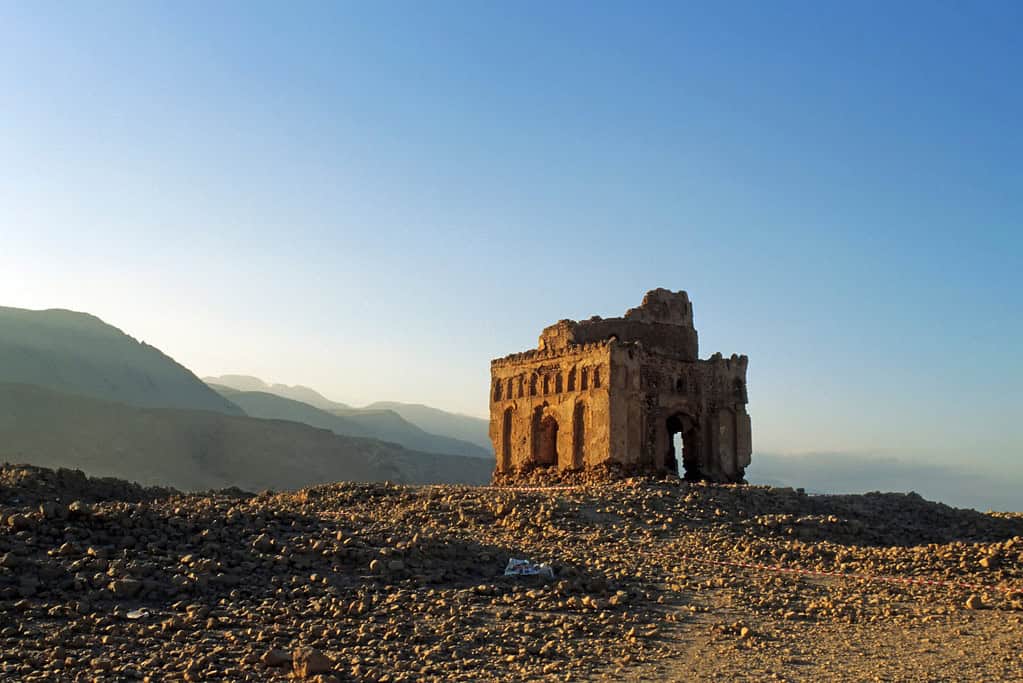
The Ancient City of Qalhat is a historical site on the east coast of Oman. It was once a major port and center of trade during the time of the Hormuz Sultanate. Visitors can explore the ruins of the ancient city, including the impressive Bibi Maryam Mausoleum and the stunning Al-Balid Mosque. This site is a unique window into Oman’s rich cultural and maritime history.
Archaeological Sites of Bat, Al-Khutm, and Al-Ayn
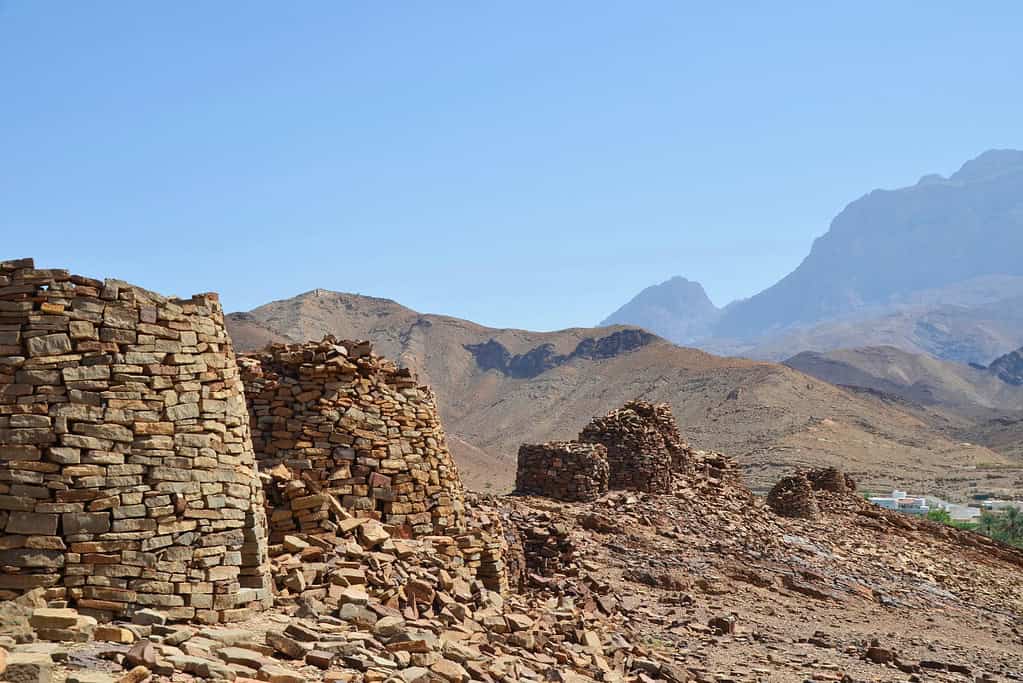
The Archaeological Sites of Bat, Al-Khutm, and Al-Ayn are three ancient cities in the Dhofar region of Oman. These sites, which date back thousands of years, offer a glimpse into the region’s history, including its architecture, trade, and cultural practices. Visitors can explore ruins of palaces, tombs, and ancient irrigation systems and learn about the fascinating cultures that once inhabited these cities.
Bahla Fort
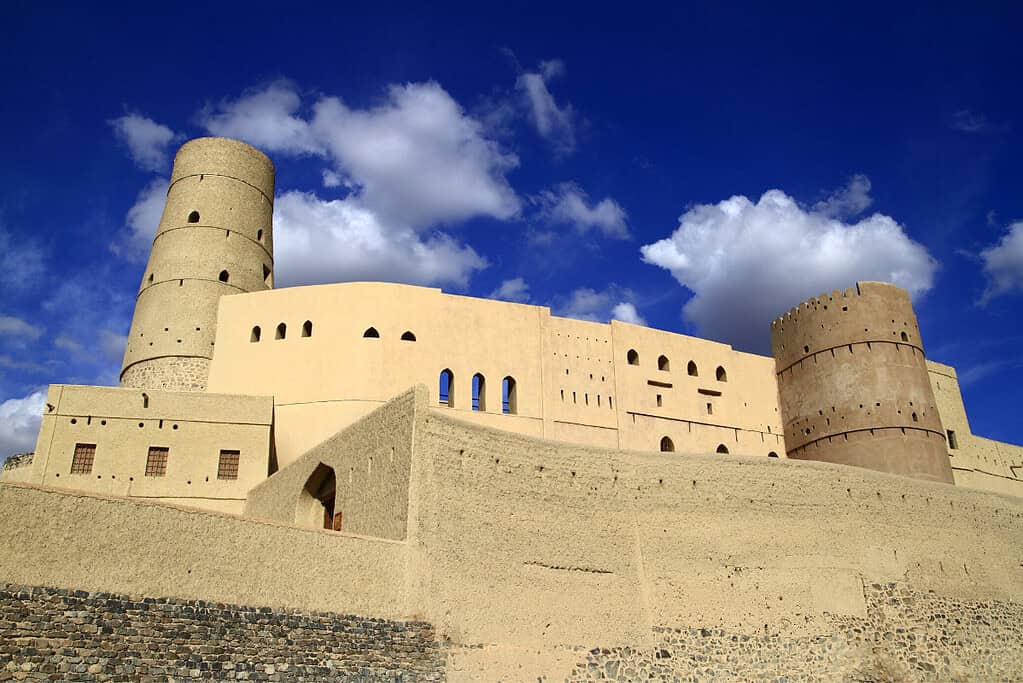
Bahla Fort is a historic fortification located in Bahla, in Oman. The fort, which dates back to the 12th century, is considered one of the largest and best-preserved forts in the country. Visitors can explore its extensive ramparts, towers, and courtyards and learn about its role in the region’s history as a center of trade and power.
Land of Frankincense
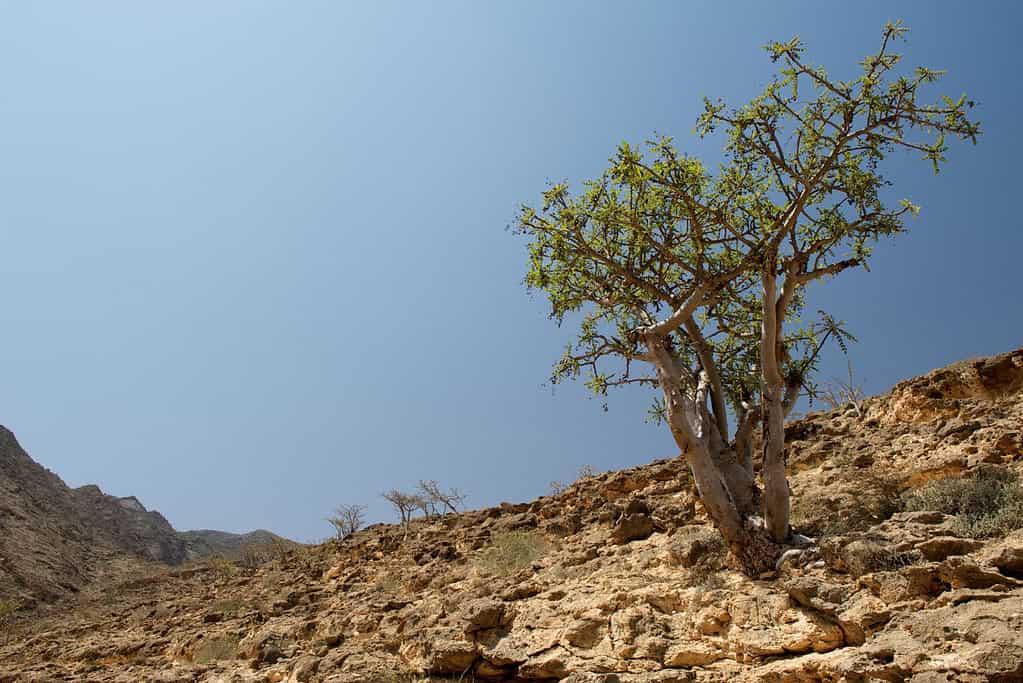
The Land of Frankincense refers to the region in Oman and neighboring countries that were once the center of the global frankincense trade. This precious resin, used for incense and perfumes, was once one of the most sought-after commodities in the world. Visitors can learn about the history of frankincense production and trade, visit the ancient frankincense-producing cities of Dhofar and explore the ruins of the former centers of the trade.
Oman UNESCO tentative list
- The forts of Rostaq and al-Hazm
- Al Hallaniyyat Islands Proposed Nature Reserve
- Bar al Hakman Proposed Nature Reserve
- Smahan’s Mountain Nature Reserve
- al Dimaniyyat Islands Nature Reserve
- Ras al Had Turtle Reserve and the Heritage Site of Ras al Jinz
- Cultural Landscape of Bisya & Salut and its Archaeological Remains
Tours in Oman
Our choices of tours in Oman are divided into thematic features such as Bahla Fort, Land of Frankincense, Ancient City of Qalhat, Aflaj Irrigation Systems, and the Archaeological Sites of Bat, Al-Khutm and Al-Ayn Experience.
